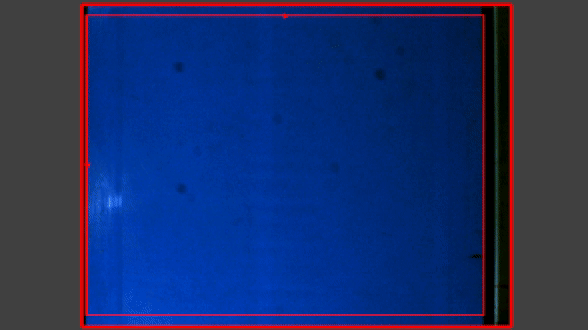Students: Jonas van der Schaaf, Jan Martijn Lobregt, Marko Estrada Roddriguez, Mumtaz Rahmawan. (2023)
Introduction
For over a quarter-century, a bakery has been a prominent player in the world of ethnic bread, specializing in crafting Lahmacun, also known as Turkish Pizza. In their modern bakery they produce approximately 30,000 Turkish pizzas daily, distributing them across the Netherlands through an in-house distribution network. Nevertheless, a significant bottleneck in their production process was evident: the labor-intensive task of manually spreading minced meat sauce on Turkish pizzas. This task required six to eight individuals to work tirelessly, day in and day out, to meet the bakery’s daily demand for 30,000 Turkish pizzas. This process cried out for a modern solution. And this is where our journey toward automation begins.
The problem
The problem was evident: manually spreading minced meat sauce on a Turkish pizza is repetitive, monotonous, demanding constant attention and concentration, and physically taxing. The staff assigned to these tasks faced high turnover and absenteeism, and finding new personnel in the competitive labor market is a significant challenge. Therefore, it was crucial to find a more efficient solution, considering the bakery’s high production volume. Automation seemed like the way forward, but it posed a challenge due to the variability in pizza sizes and the properties of the minced meat sauce.
To tackle this problem, a process has been started to create an automated system capable of efficiently spreading minced meat sauce on Turkish pizzas. Our goal was not only automation but also preserving the quality that made these pizzas so popular.
Our solution
Here are the key components of our solution:
End-Of-Arm Tool:
Our journey began with designing an End-of-Arm Tool that could effectively distributing minced meat sauce. To ensure food safety and enable rapid prototyping, we used a 3D printer with PETG filament, a food-safe material. The End-Of-Arm Tool was designed to provide precise control over sauce distribution, ensuring that each pizza received the perfect minced meat sauce spread, regardless of the pizza’s shape or size. The design utilized air and a spiral motion, contributing to improved sauce distribution.
Vision system:
To recognize the shapes and dimensions of Turkish pizzas, we developed an advanced vision system. This system could identify Turkish pizzas in real-time, regardless of their variations. Utilizing advanced machine vision algorithms, the system accurately identified the center of the pizza. It generated coordinates and included a trigger line that activated when a pizza crossed it.

Prototype integration:
To increase the system’s production speed, we implemented conveyor belt tracking. Thanks to this innovative application, the robot could move in sync with the conveyor belt, regardless of the belt’s speed. This made the system flexible, and the code did not need adjustments if the belt speed changed during operation.
Major decisions
Our journey into automation was marked by critical decisions, with one of the pivotal ones being the selection of the right End-Of-Arm Tool. We explored numerous options and concepts, ultimately settling on a solution that utilized air to distribute the sauce. This approach involved a spiral motion, ensuring even sauce distribution. Combined with conveyor belt tracking to follow the Turkish pizza, it proved to be the optimal choice.
Conclusion
In summary, the bakery faced a significant challenge in its production process, involving the labor-intensive task of manually spreading minced meat sauce on Turkish pizzas. The tight labor market and work conditions prompted the search for an efficient solution. The journey toward automating the process led to the development of a system with key components: an End-Of-Arm Tool for precise sauce distribution, an advanced vision system for pizza recognition, and conveyor belt tracking to optimize and streamline production. While the prototype revealed the need for multiple robot arms to meet the bakery’s high production demands, the combination of these innovations represents a promising step towards automating a previously labor-intensive process, ensuring both efficiency and product quality.